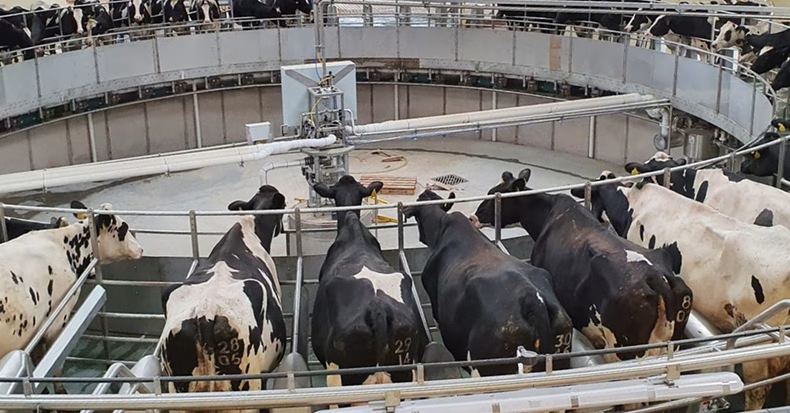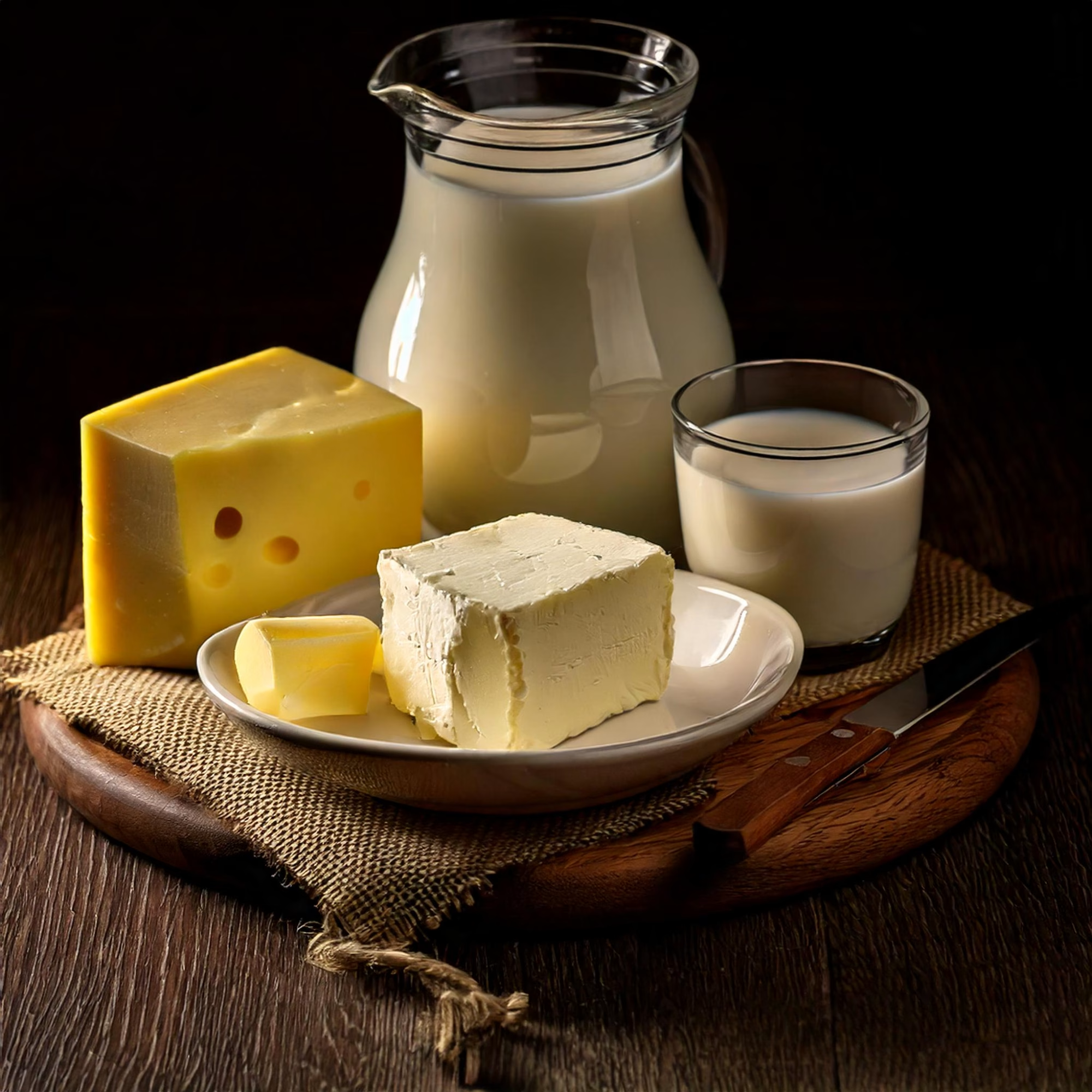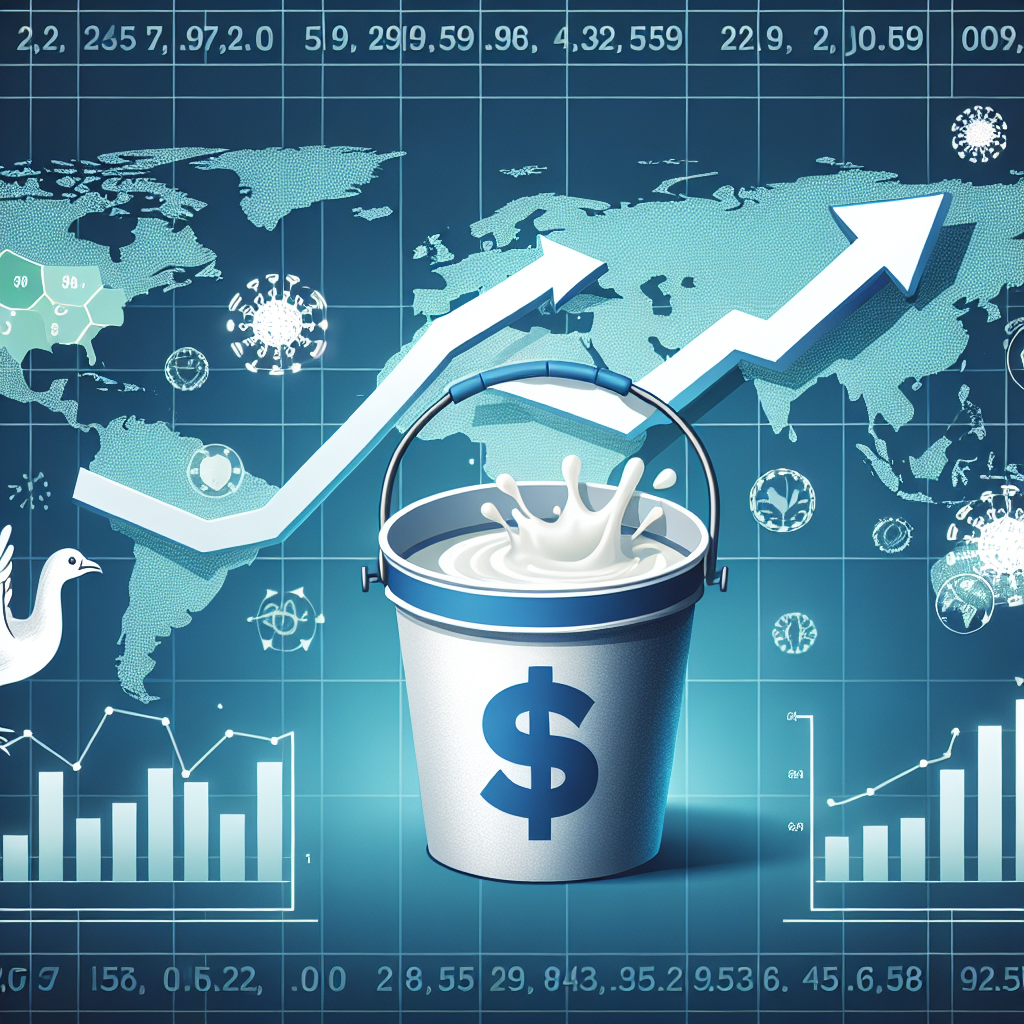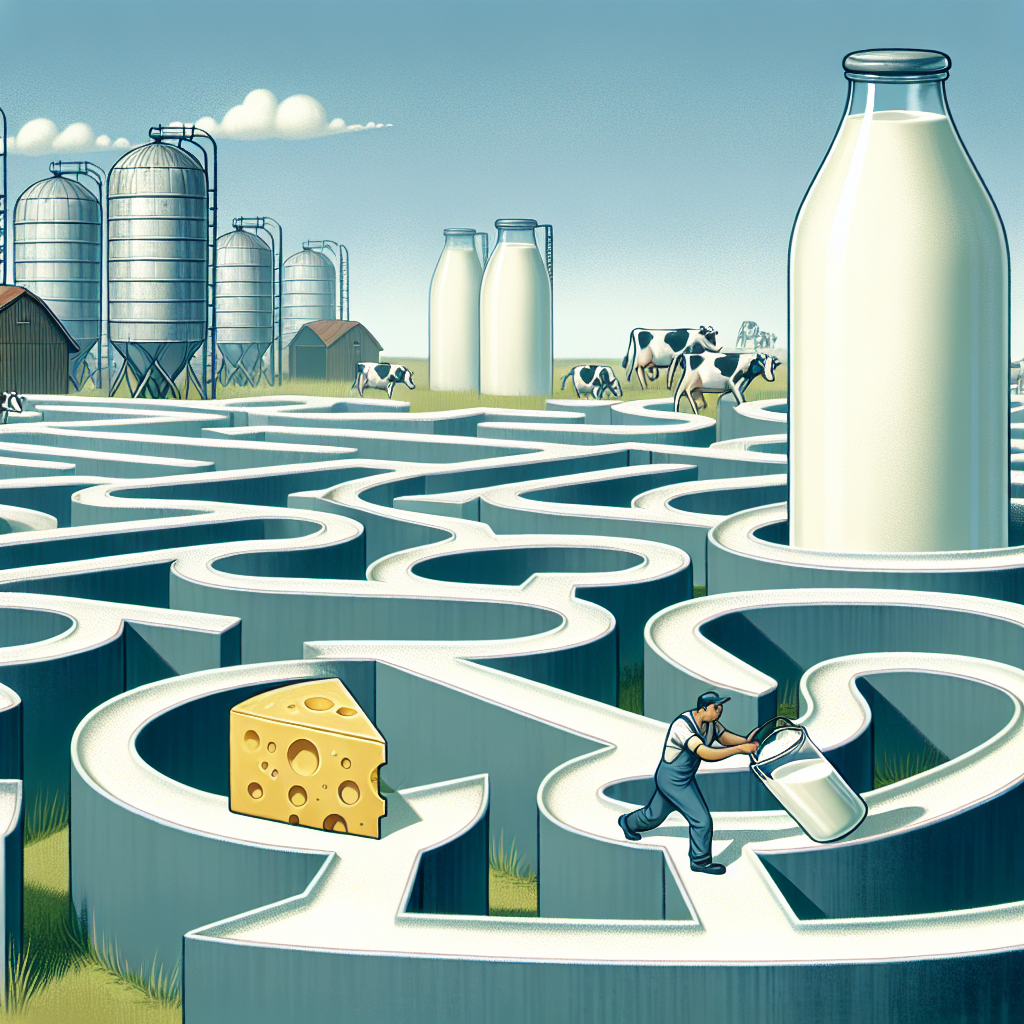30M ton milk shortage by 2030 threatens US dairy profits. Climate stress, global shifts demand urgent action. Can farmers adapt?
EXECUTIVE SUMMARY: The International Dairy Federation warns of a potential 30-million-ton global milk shortage by 2030, driven by population growth, climate-driven yield declines, and shifting production patterns. While traditional dairy powerhouses like the U.S. and EU face stagnation, emerging regions like India struggle to fill the gap. U.S. producers must adapt through protein-focused breeding, feed cost management, and specialty product diversification as milk prices rise. Climate stress compounds challenges, with heat reducing yields by 7% per 1°C. The crisis presents both risks and opportunities for U.S. dairy, leveraging innovation to counter global competition.
KEY TAKEAWAYS:
- IDF vs. IFCN divide: 30M vs. 6M ton shortage forecasts highlight uncertainty in balancing global supply/demand.
- Climate costs: Heat stress threatens 7% yield drops per 1°C, disproportionately impacting small farms.
- US stagnation: 0.9% production growth lags India’s 5%, risking lost export market share.
- Price surge: USDA forecasts $22.60/cwt milk prices in 2025, with further hikes likely.
- Adapt now: Focus on component pricing, feed contracts, and A2/organic diversification to survive.

The global dairy industry faces a looming crisis as the International Dairy Federation (IDF) projects a potential milk shortage of 30 million tons by 2030. This alarming forecast, announced by Laurence Rycken, Director General of IDF (Belgium), during her presentation at the 2025 Dairy Olympics in Al Ain, UAE, signals a fundamental shift in the global dairy landscape that demands immediate attention from producers, processors, and policymakers alike.
Why Your Dairy Farm’s Future Hangs in the Balance: Population Boom vs. Shrinking Herds
The projected milk deficit stems from a perfect storm of converging factors. Global population growth, expected to reach 10 billion by 2050, combined with rising prosperity in developing nations, dramatically increases demand for dairy products. Meanwhile, production in traditional dairy powerhouses is stagnating or declining under mounting pressures. “We are facing not only a volume challenge but also the need to preserve nutritional value and ensure the sustainability of production,” Rycken emphasized during her presentation. “The solutions must be global in design, but local in execution.” This 30-million-ton shortage projection starkly contrasts the International Farm Comparison Network’s (IFCN) more modest forecast of a 6-million-ton deficit by 2030. This discrepancy highlights the uncertainty in long-term dairy forecasting and underscores the complexity of the challenges ahead.
Competing Shortage Projections (2030)
| Organization | Projected Global Milk Shortage (2030) | Key Drivers Cited |
| International Dairy Federation (IDF) | 30 million tons | Population growth, declining production in developed regions |
| International Farm Comparison Network (IFCN) | 6 million tons | Developing regions’ deficit (14M tons) is partially offset by developed regions’ surplus (8M tons) |
7% Less Milk Per Cow: Climate’s Crushing Impact on Your Dairy Profits
Climate change is emerging as a critical threat to dairy production worldwide. Research shows that for every 1°C rise in temperature, dairy cows experience a 7% drop in milk yield due to heat stress. This translates to billions of dollars in lost production annually. A University of Illinois study found that high temperatures and humidity already lead to a 1% annual decline in milk yield in the U.S. Midwest alone. Smaller farms disproportionately lack resources for cooling systems and other mitigation strategies. As global temperatures continue to rise, these losses could increase by 30% in the coming decades, further exacerbating the projected shortage.
The Winners and Losers: Which Dairy Regions Will Survive the Coming Shortage?
While the European Union and the United States experience production stagnation, countries including India, Pakistan, and nations across Africa and Latin America are showing growth potential. Traditional dairy exporters—the EU, New Zealand, and Australia—face mounting resource constraints and environmental pressures that limit their ability to increase output. “While the EU debates nitrogen caps, New Zealand farmers are culling herds. Your takeaway? Sustainability policies without profitability are a recipe for collapse.” The changing landscape is already reshaping global dairy trade flows. New Zealand’s share in global exports is shrinking while China and other Asian countries are bolstering local production. For every 1kg of milk powder China produces domestically, it imports 2kg from struggling EU farms—a rapidly changing ratio as Asian production capacity grows.
Regional Production Outlook (2025)
| Region | 2025 Production Forecast | Change from Previous Year | Key Factors |
| United States | 227.2 billion pounds | +1.7 billion pounds | New cheese processing capacity, herd expansion despite HPAI challenges |
| European Union | 149.4 million metric tons | -0.2 million metric tons | Declining cow numbers, environmental regulations |
| Argentina | Increase of 1.1 billion pounds | +1.5% | Improved producer economics, better weather conditions |
| New Zealand | Modest increase | Not specified | Herd expansion, improved feed management |
| India | Continued growth | +5% (2023 figure) | Recovery after disease impact |
$22.60 Per CWT: The Economic Reality of Dairy’s New Scarcity
Current USDA forecasts put the all-milk price at $22.60 per cwt for 2025, reflecting the tightening supply situation. However, if the IDF’s shortage projections materialize, prices could climb significantly higher, creating profitability challenges for processors and affordability issues for consumers. India’s 5% production growth vs. the U.S.’s 0.9% stagnation isn’t just a gap—it’s a chasm. This divergence highlights the shifting center of gravity in global dairy production and suggests emerging markets may be key to addressing the looming shortage.
Survive and Thrive: 3 Critical Strategies Every U.S. Dairy Producer Needs Now
Adaptation is not optional for dairy farmers facing this changing landscape—it’s essential. Three critical strategies emerge for producers looking to thrive in this new environment:
- Breed for protein, not just volume – With component pricing becoming increasingly important, genetics focused on protein and fat content rather than fluid volume will maximize returns.
- Lock in feed contracts now – With 2025 prices projected to spike 12% amid global grain market volatility, securing long-term feed supplies at current prices provides crucial cost stability.
- Diversify into specialty products – A2 milk, grass-fed, and organic dairy products command premium prices and offer some insulation from commodity market volatility.
Can India’s Dairy Surge Save the World? (Spoiler: Not Without These 3 Fixes)
India shows significant potential to bridge the growing supply-demand gap in the global dairy sector. IDF President Piercristiano Brazzale states that India’s dairy industry is positioned to play an increasingly important role in meeting global demand. However, realizing this potential requires addressing three critical challenges:
- Infrastructure investment – Cold chain development and processing capacity must expand dramatically
- Quality standards harmonization – Export growth depends on meeting international standards
- Climate adaptation strategies – India’s producers face some of the most severe heat stress challenges globally. “The global dairy trade is reshuffling faster than a Vegas blackjack table. Bet on Asia’s production—or fold.”
Global Milk Production Growth by Region (2017-2030)
| Region | Projected Growth (2017-2030) |
| South Asia (India & Pakistan) | +64% |
| Africa | +33% |
| Near & Middle East | +37% |
| East & Southeast Asia | +22% |
| Latin America | +24% |
| North America | +14% |
| Western Europe | +6% |
| Eastern Europe & CIS | +32% |
| Oceania | +22% |
| Global Average | +35% |
Adapt or Perish: Why Dairy’s Golden Era Is Over
The IDF’s warning isn’t a forecast—it’s a wake-up call. Forget “milk does a body good.” By 2030, it might just harm the bank account. With global shortages looming, dairy’s golden era is over. The question isn’t if you’ll adapt—it’s how bloody the transition will be. As dairy producers worldwide navigate these challenges, the industry faces a critical adaptation period. Success will require balancing increased production with sustainability concerns while ensuring nutritional quality remains paramount—a complex but essential task for securing the future of global dairy. For U.S. producers specifically, this global shortage presents both challenges and opportunities. While competition for export markets will intensify, domestic production advantages—including technological innovation, established infrastructure, and the U.S. Dairy Net Zero Initiative—position forward-thinking American dairy farmers to capitalize on higher prices while addressing sustainability demands.
Learn more:
- Heifer Shortage Crisis: Why Dairy Farmers Are Struggling Despite Soaring Milk Prices
Explore how the shortage of heifers is disrupting U.S. dairy production plans, even as milk prices hit record highs. - Dairy Cows: Climate Villain or Circular Hero? The Truth Vegan Brands Don’t Want You to Hear
Uncover the truth about dairy cows’ environmental impact and how sustainable practices are transforming the industry. - US Milk Output Drops Yet Again: Heifer Shortage and Bird Flu Impact Supply and Prices
Learn about the ongoing challenges facing U.S. milk production, including heifer shortages, aging herds, and avian flu disruptions.
 Join the Revolution!
Join the Revolution!
Join over 30,000 successful dairy professionals who rely on Bullvine Daily for their competitive edge. Delivered directly to your inbox each week, our exclusive industry insights help you make smarter decisions while saving precious hours every week. Never miss critical updates on milk production trends, breakthrough technologies, and profit-boosting strategies that top producers are already implementing. Subscribe now to transform your dairy operation’s efficiency and profitability—your future success is just one click away.







 Join the Revolution!
Join the Revolution!

























